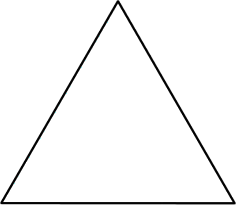24 DEC 2013 by ideonexus
 Each of Us is Ordinary, Yet One of a Kind
Each of Us is Ordinary, Yet One of a Kind
Each of us is ordinary, yet one of a kind.
Each of us is standard issue, conceived by the union of two germ cells, nurtured in a womb, and equipped with a developmental program that guides our further maturation and eventual decline.
Each of us is also unique, the possessor of a particular selection of gene variants from the collective human genome and immersed in a particular family, culture, era, and peer group. With inborn tools for adaptation to the circumstances of our personal world,...Samuel Barondes insightful observation.
16 SEP 2011 by ideonexus
 Ontogeny Recapitulates Phylogeny
Ontogeny Recapitulates Phylogeny
Now, we’re not absolutely sure why some species retain much of their
evolutionary history during development. The “adding new stuff onto
old” principle is just a hypothesis—an explanation for the facts of embryology.
It’s hard to prove that it was easier for a developmental program
to evolve one way rather than another. But the facts of embryology
remain, and make sense only in light of evolution. All vertebrates begin
development looking like embryonic fish because we all descended...Embryos go through the stages of the evolution of their ancestors as they develop.
16 SEP 2011 by ideonexus
 Design As Evidence of Evolution or Creation
Design As Evidence of Evolution or Creation
It’s important to realize, though, that there’s a real difference in what
you expect to see if organisms were consciously designed rather than if
they evolved by natural selection. Natural selection is not a master engineer,
but a tinkerer. It doesn’t produce the absolute perfection achievable
by a designer starting from scratch, but merely the best it can do with
what it has to work with. Mutations for a perfect design may not arise
because they are simply too rare. The African rhinoce...There's a big difference between how species would look if they were designed or engineered versus how they would look if they evolved. Evolution works with pre-existing traits, and engineer works from scratch.




